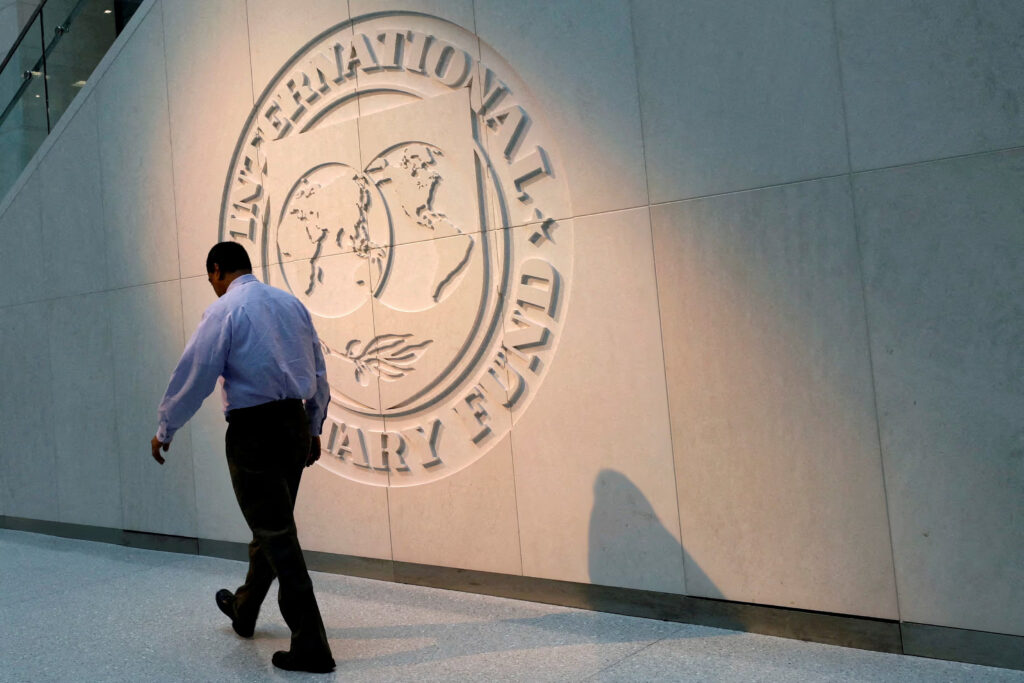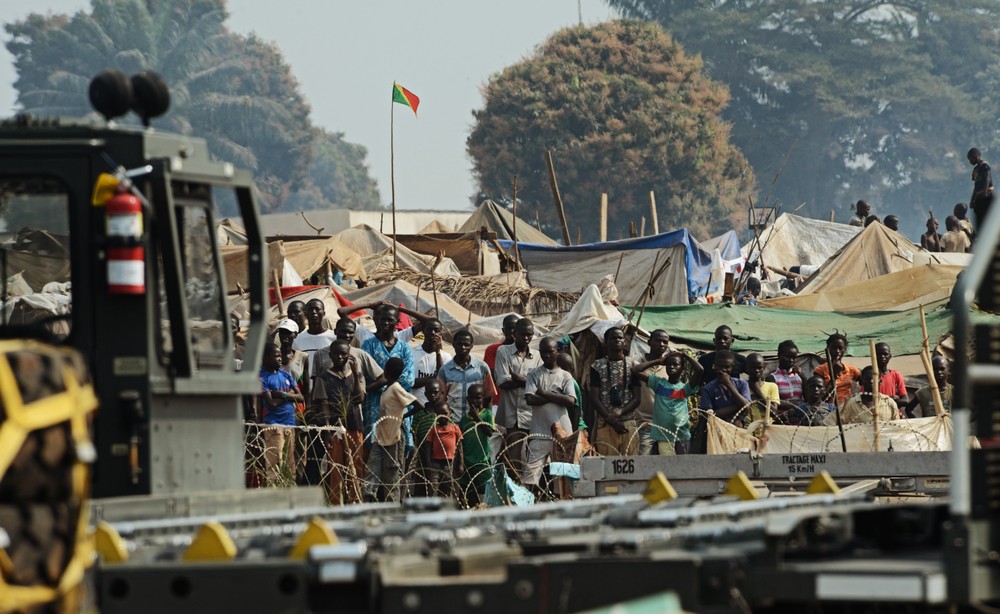At a Glance
- Sub-Saharan Africa remains the poorest global region by 2025 GDP per capita rankings.
- South Sudan leads the list with GDP per capita under $500, reflecting extreme poverty levels.
- Poor infrastructure, conflict, and weak institutions hinder growth across the world’s poorest nations.
The global wealth gap remains stark in 2025, with many nations trapped in extreme poverty. Measured by GDP per capita, the poorest countries are largely in Sub-Saharan Africa, with others in Asia and Oceania.
These economies face compounding challenges—conflict, fragile institutions, climate shocks, and weak infrastructure.
South Sudan, Burundi, and the Central African Republic rank lowest, each with income under $500. Most rely on subsistence farming, foreign aid, or limited exports, leaving little room for growth or diversification.

Sub-Saharan Africa remains the world’s poorest region, with average GDP per capita at $1,600, according to the IMF. Even larger economies like Nigeria and Ethiopia struggle with inequality, poor services, and underdevelopment.
Shore Africa highlights the need for deep reforms, inclusive growth, and global cooperation to unlock economic opportunity in the world’s most vulnerable nations.
1. South Sudan – $300
South Sudan remains the world’s poorest country in 2025. Years of civil war, poor infrastructure, and limited access to education and healthcare have devastated its economy. Despite oil reserves, corruption and instability hinder development.
2. Burundi – $500
Burundi struggles with poverty due to political unrest, low industrial activity, and reliance on subsistence farming. Limited investment and weak governance exacerbate its economic challenges, keeping per capita income low.
3. Central African Republic – $500
Years of armed conflict and instability have left the Central African Republic among the poorest globally. Agriculture is the main economic activity, but insecurity and displacement limit productivity and growth.
4. Malawi – $600
Malawi’s economy is agriculture-based but highly vulnerable to climate change and poor infrastructure. Limited industrialization and population pressure keep incomes low despite international development efforts.
5. Madagascar – $600
Though rich in biodiversity and minerals, Madagascar remains poor due to weak governance, political instability, and underdeveloped infrastructure. Cyclones and environmental degradation further threaten livelihoods.
6. Sudan – $600
Following the secession of South Sudan and multiple internal conflicts, Sudan’s economy has been severely weakened. Sanctions, inflation, and currency instability have reduced real income levels.
7. Mozambique – $700
Mozambique has natural gas reserves, but armed conflict in the north, high debt, and poor infrastructure hinder economic benefits for its citizens. Most people rely on agriculture for survival.
8. Democratic Republic of Congo – $700
Despite vast mineral wealth, decades of war, poor governance, and weak institutions have left the DRC with a low GDP per capita. Exploitation and corruption deter equitable growth.
9. Niger – $800
Landlocked Niger faces severe desertification, food insecurity, and a fast-growing population. Its economy relies heavily on agriculture and uranium exports, but poverty levels remain stubbornly high.
10. Somalia – $800
Ongoing conflict, absence of a strong central government, and terror threats have made development difficult in Somalia. Its informal economy and remittance dependence reflect persistent instability.
11. Nigeria – $800
Despite being Africa’s largest economy by size, Nigeria has a low GDP per capita due to income inequality, oil dependency, corruption, and security crises affecting multiple regions.
12. Liberia – $900
Liberia’s post-civil war recovery has been slow. Infrastructure gaps, unemployment, and low productivity persist, despite donor support. Ebola outbreaks and poor governance also hinder economic revival.
13. Sierra Leone – $900
Sierra Leone suffers from post-conflict challenges, a weak health system, and limited industrial capacity. The Ebola crisis and inflation have further impacted living standards and development.
14. Mali – $900
Mali’s economy depends on agriculture and gold exports, but terrorism, coups, and insecurity in the north significantly limit growth and poverty reduction efforts.
15. The Gambia – $1,000
The Gambia is a small economy reliant on tourism, remittances, and agriculture. Political transition and climate challenges weigh on development. Youth unemployment remains high.
16. Chad – $1,000
Chad, heavily reliant on oil, faces widespread poverty due to governance challenges, insecurity, and weak public services. Food insecurity and climate change also threaten its economy.
17. Rwanda – $1,000
Rwanda has shown progress in governance and infrastructure, but its per capita income remains low. The economy depends on agriculture and tourism, but rural poverty is still widespread.
18. Togo – $1,100
Togo has implemented reforms and improved infrastructure, yet GDP per capita stays low. The informal sector dominates employment, and poverty persists, especially in rural areas.
19. Ethiopia – $1,100
Ethiopia has achieved rapid GDP growth in recent years, but income per capita remains low due to population size, political unrest, and a largely agrarian economy.
20. Lesotho – $1,100
Lesotho’s economy depends on South Africa, textile exports, and remittances. High unemployment and HIV/AIDS prevalence hinder productivity and development, keeping GDP per capita modest.
21. Burkina Faso – $1,100
Terrorism, insecurity, and political instability have undermined Burkina Faso’s agricultural economy. Development projects are frequently disrupted, and internal displacement is rising, limiting income growth.
22. Guinea-Bissau – $1,100
Guinea-Bissau’s economy is based on cashew exports, but political instability, weak institutions, and underinvestment in infrastructure keep poverty levels high.
23. Tanzania – $1,300
Tanzania’s economy is diversified, with growth in mining and tourism, but rural poverty, poor education, and inadequate healthcare hold down income per capita.
24. Zambia – $1,300
Zambia relies on copper exports, but debt burdens, inflation, and inequality keep GDP per capita low. Rural areas suffer most from poverty and limited access to services.
25. Uganda – $1,300
Uganda’s youthful population and reliance on agriculture limit income growth. Though urban sectors show progress, rural development remains slow amid infrastructure challenges.
26. Benin – $1,500
Benin benefits from trade and agriculture, especially cotton, but infrastructure deficits and a largely informal economy hinder higher income growth. Corruption and limited access to credit slow the country’s economic expansion.
27. Comoros – $1,700
The island nation of Comoros depends heavily on agriculture, remittances, and foreign aid. Geographic isolation, poor governance, and lack of natural resources contribute to its low GDP per capita and development delays.
28. Senegal – $1,800
Senegal has seen modest growth from services and infrastructure investments, but poverty remains high in rural areas. Youth unemployment, reliance on agriculture, and high living costs affect per capita income.
29. Cameroon – $1,900
Cameroon’s economy is resource-rich but underperforming due to poor governance and regional conflict. While agriculture and oil offer potential, corruption, separatist violence, and weak institutions limit inclusive economic development.
30. Guinea – $1,900
Guinea’s bauxite mining potential is vast, yet poor infrastructure and political instability restrict benefits to the population. Agriculture dominates rural livelihoods, and access to essential services is still limited.
31. Zimbabwe – $2,200
Once a regional breadbasket, Zimbabwe’s economy is crippled by hyperinflation, currency instability, and poor governance. Though agriculture and mining hold promise, reforms are needed to improve productivity and reduce poverty.
32. Republic of Congo – $2,400
Despite oil wealth, Congo suffers from weak institutions, mismanagement, and debt. Limited diversification and high unemployment contribute to low income levels for the majority of its population.
33. Kenya – $2,500
Kenya’s economy is growing in tech, agriculture, and finance. However, rapid population growth, regional disparities, and high inequality keep average incomes low, especially in informal urban settlements and rural areas.
34. Mauritania – $2,500
Mauritania’s economy is driven by mining, fishing, and agriculture. Despite natural wealth, weak governance and poor education and healthcare systems prevent widespread prosperity and keep incomes relatively low.
35. Ghana – $2,500
Ghana is West Africa’s rising economy with oil, cocoa, and gold. However, recent debt distress, inflation, and currency volatility are limiting real income growth and poverty reduction progress.





